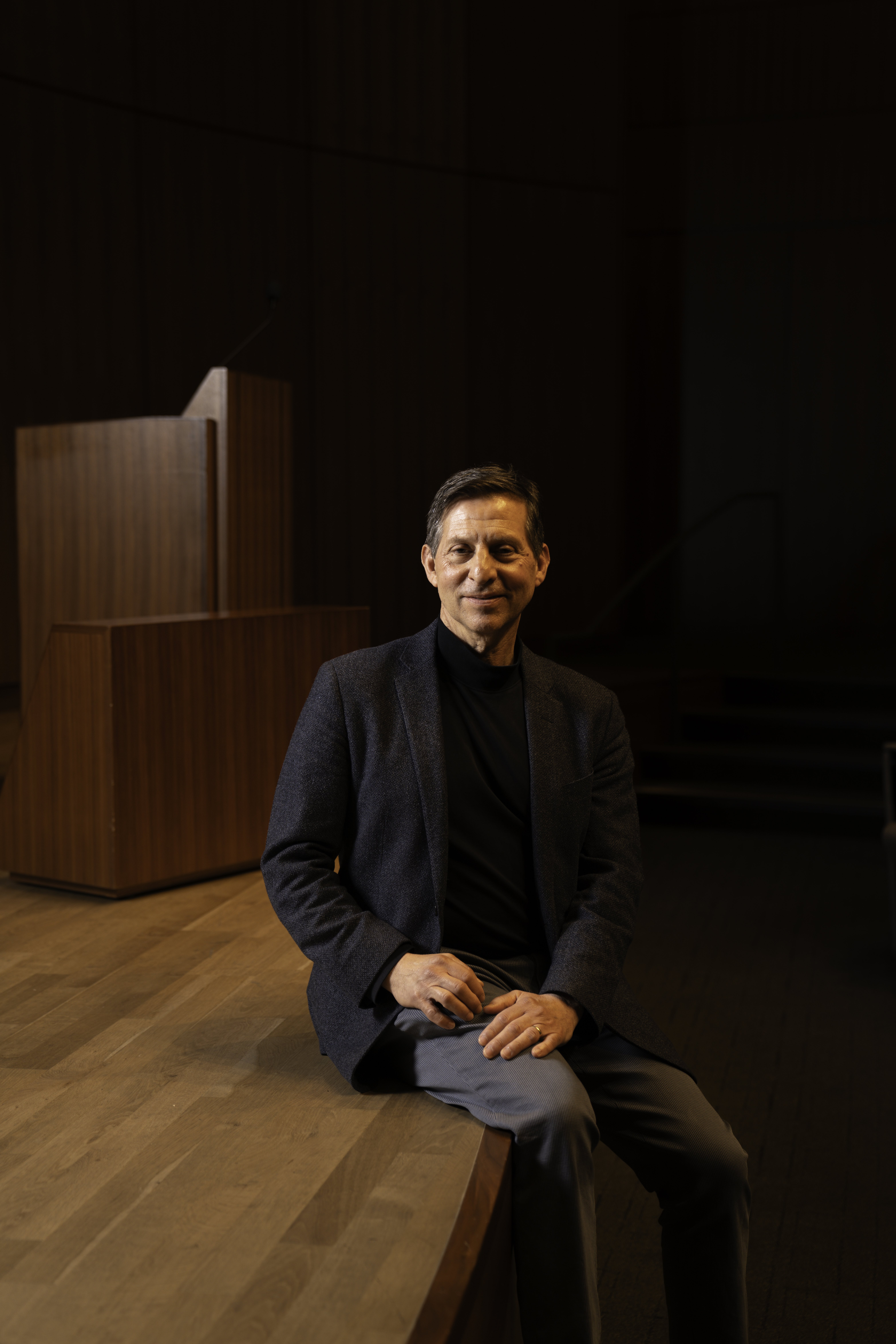
Paul S. Mischel, M.D., is the Fortinet Founders Professor and Vice Chair for Research for the Department of Pathology, Stanford Medicine. He is an Institute Scholar and Deputy Director of Translational Science at Sarafan ChEM-H, Stanford University and is also a Faculty Advisor for Experimental Biology at the Innovative Medicines Accelerator at Stanford University. Mischel is a physician scientist trained in pathology and cancer biology. His research has, published in a series of papers in Nature and Science, catalyzed a paradigm shift in precision oncology that promises to transform the diagnosis and treatment of patients suffering from some of the most aggressive forms of cancer. Mischel leads an international team, anchored at Stanford, that received a $25M Cancer Grand Challenges Team Science Award from Cancer Research UK and the National Cancer Institute in 2022. Mischel is a member of the National Academy of Medicine and recipient of the Ernst W. Bertner Memorial Award from MD Anderson for Distinguished Contributions to Cancer Research. Mischel is also an elected Fellow and Past-President of the American Society for Clinical Investigation, an elected Fellow of the American Association of Physicians and The American Association for the Advancement of Science and has been elected as a Fellow of the AACR Academy. Mischel is a principal co-founder of Boundless Bio., Inc., a clinical stage next generation precision oncology company.
Wednesday, 18 June 2025
| Time |
Session |
|
|
15:20
16:55
|
-
-
EACR25-0364
EACR25-0364
-
-
EACR25-2262
EACR25-2262
-
Auditorium VIII
|
